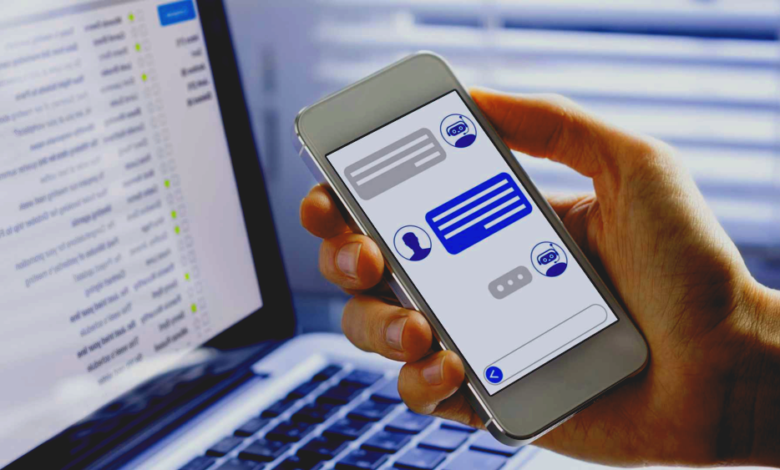How to Use Digital Assistants: Transforming Your Daily Tasks with Smart Technology

How to Use Digital Assistants in Everyday Tasks
In today’s fast-paced world, digital assistants have become essential tools for simplifying everyday tasks. How to use digital assistants like AI-powered devices, like Siri, Alexa, and Google Assistant, make life easier by managing schedules, controlling smart devices, and even entertaining us. As technology evolves, their capabilities continue to grow, helping people save time, stay organized, and increase productivity.
What Are Digital Assistants?
Digital assistants are AI-driven software programs designed to perform tasks or provide information based on voice commands or text inputs. They act as virtual helpers, capable of handling everything from answering questions to automating daily routines. Accessible via smartphones, smart speakers, or other internet-connected devices, they are revolutionizing how we interact with technology.
Read More : How to Set Up a Secure Home Network: Technology Guide 2025
Popular Digital Assistants
Several digital assistants have gained popularity for their robust features and user-friendly interfaces. Here are a few leaders in the market:
- Siri: Apple’s intelligent assistant, seamlessly integrated with iOS devices.
- Alexa: Amazon’s assistant, known for its smart home integrations.
- Google Assistant: A versatile AI offering from Google, known for its natural conversational skills.
- Cortana: Microsoft’s assistant, tailored for productivity and integration with Windows devices.
How to Set Up Digital Assistants
Setting up a digital assistant is straightforward:
- Choose Your Device: Decide whether you’ll use a smartphone, smart speaker, or tablet.
- Connect to Wi-Fi: Ensure the device is connected to the internet for optimal functionality.
- Download the App: Install the companion app (e.g., Google Home, Amazon Alexa) for setup.
- Link Your Accounts: Sync your email, calendars, or streaming accounts to unlock advanced features.
- Enable Voice Recognition: Train the assistant to recognize your voice for personalized interactions.
Voice Commands for Productivity
One of the greatest strengths of digital assistants is their ability to boost productivity. Simple voice commands can help you:
- Set Reminders: “Remind me to call Mom at 6 PM.”
- Create To-Do Lists: “Add groceries to my shopping list.”
- Schedule Meetings: “Schedule a meeting with Sarah tomorrow at 2 PM.”
These commands save time and ensure you stay organized.
Smart Home Integration
Digital assistants shine in smart home ecosystems. By connecting to smart devices, they can:
- Adjust thermostats (“Set the temperature to 72 degrees.”)
- Control lights (“Turn off the living room lights.”)
- Enhance security (“Lock the front door.”)
This integration creates a seamless living environment.
Entertainment Made Simple
Digital assistants double as entertainment hubs, allowing you to:
- Stream music from services like Spotify or Apple Music.
- Manage smart TVs with commands like, “Play Stranger Things on Netflix.”
- Engage in trivia games or quizzes for family fun.
Fitness and Health Monitoring
Staying fit has never been easier. Digital assistants can:
- Track workout routines and calories burned.
- Suggest healthy recipes based on dietary preferences.
- Monitor health stats like heart rate and sleep patterns (when paired with wearables).
Conclusion
Digital assistants are reshaping how we interact with technology, offering unparalleled convenience and efficiency. Whether you need help managing your schedule, controlling smart home devices, or learning new skills, these AI-powered tools are here to make life simpler. Embrace the future of productivity and let digital assistants handle your everyday tasks with ease.
FAQs : How to Use Digital Assistants
- How do I enable my digital assistant?
Most assistants can be activated with a wake word like “Hey Siri” or “Okay Google.” - Can digital assistants understand multiple users?
Yes, they can differentiate voices using voice recognition technology. - Are digital assistants secure?
They employ encryption, but users should regularly update passwords and enable two-factor authentication. - Do I need a smart speaker to use a digital assistant?
No, they are also available on smartphones and tablets. - Can digital assistants work offline?
Limited functionalities are available offline, but most require internet connectivity. - What should I do if my assistant doesn’t respond?
Check your internet connection and microphone settings, or restart the device.











